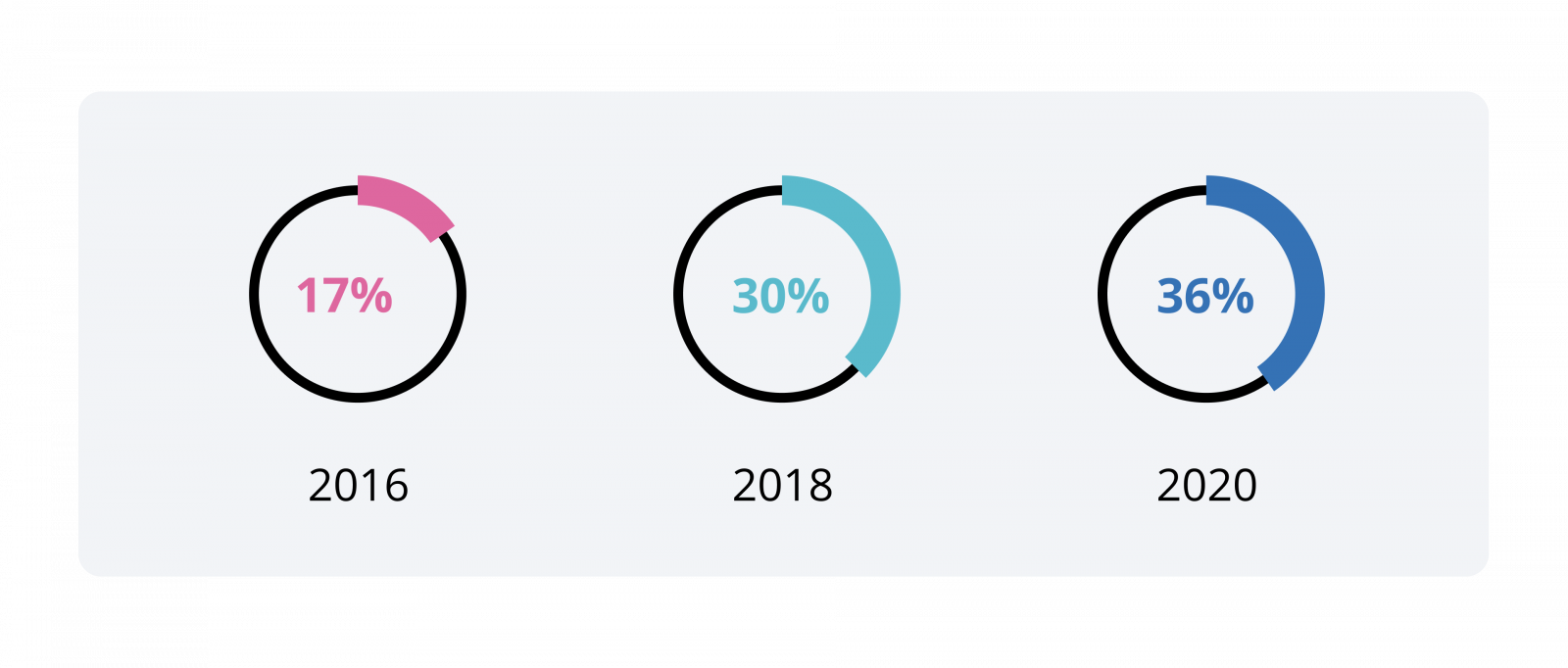Emerging tech
Emerging tech: a salve for insurers during COVID-19




Disclaimer: The statements and opinions expressed in this article are those of the author(s) and do not necessarily reflect the positions of Thoughtworks.
